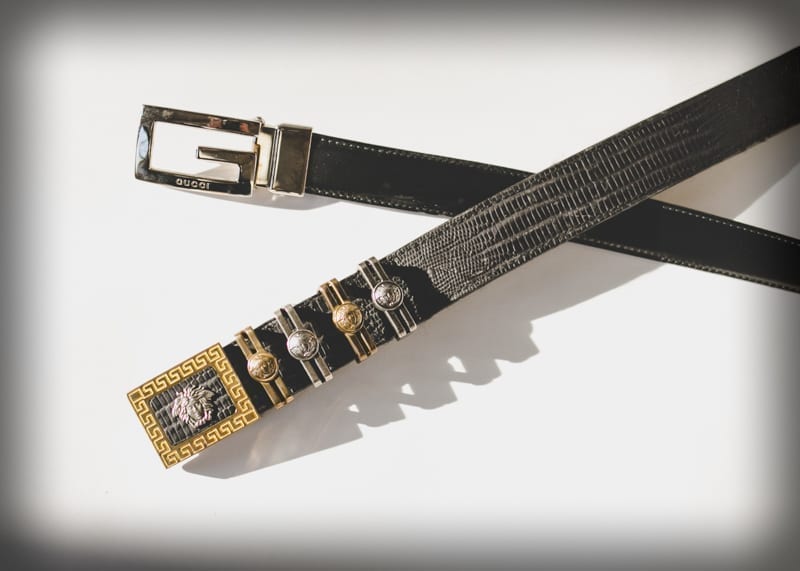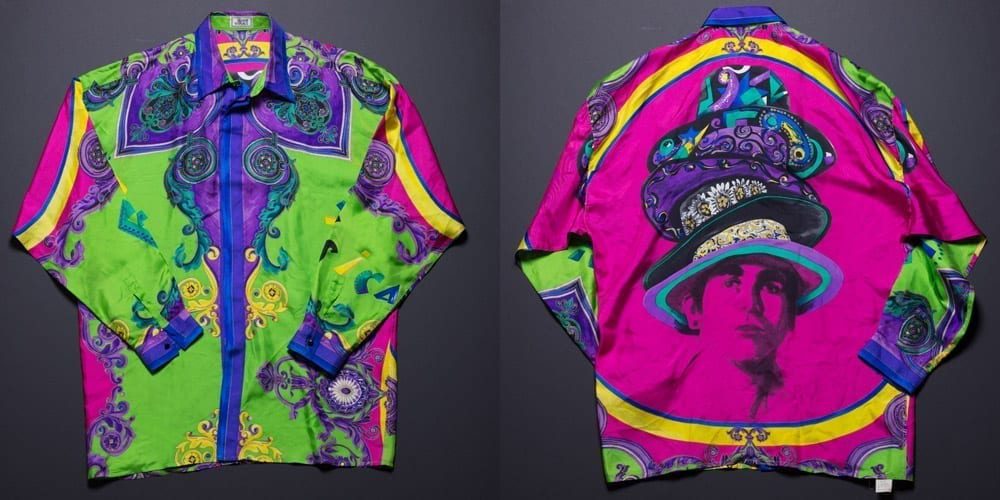
You’ve stumbled across what looks like a rather unique fashion find.
Whether you discovered it scouring the racks at your favorite flea market or at the bottom of your great uncle’s trunk, you’re convinced you have a piece of fashion history in your hands.
So the question is, what separates desirable designer clothing from the truly coveted, luxury labels? Or put more simply, what makes a fashion item truly collectible?
The answer, like a lot of good fashion, is nuanced.
Not all designer brands are equal.
Some brands are simply more collectible than others. Designer labels like Comme des Garçons, Supreme, Gucci and Saint Laurent are more revered and sought after brands.
Comme des Garçons is considered one the most highly regarded labels among fashion insiders. Designer Rei Kawakubo routinely plays with ideas of proportion, technique and gender. Her designs often challenge the ideas of what is wearable. Her avant-garde creations are works of art. With such unique and imaginative designs, Comme des Garçons fashions are valued for their collectibility.
Some seasons are more sought after.
Even within highly regarded designer labels, there are tiers of desirability. Not all Gucci is collectible. The label struggled through many years of lackluster collections. The years from 1995-2003, when Tom Ford designed for Gucci, are seen as some of best years for the brand. And items that stand out as signature Tom Ford pieces are more collectible.

Gianni Versace’s silk print shirts epitomized the designer’s baroque style. Today they remain among the more collectible items from the Versace archive.
The harder a desired fashion item is to get, the more coveted it becomes.
Another variable to consider is scarcity. Sure, many fashionistas covet the double G Gucci belts. But nearly every high end department store carries these. So are these belts desired? Yes. Are these belts hard to come by? No. The demand may be there, but the plentiful supply keeps the belts from being true collector’s pieces.
Labels like Supreme are experts at creating scarcity. The brand puts out a new collection twice a year. They drop only a few items at a time, which keeps the supply limited. Supreme also does minimal advertising. That contributes to the label’s status as a fashion insider brand.
Supreme does collaborate with big names, but again, with limited availability. When they put out a collection with Louis Vuitton, the line outside the London pop-up store was some 400 people deep, and each customer could only purchase a certain number of items.
Was it famously worn by a celebrity?
If a designer piece is associated with a celebrity, that increases its collectible status. Of course, celebrities wear designer labels all the time.
So what makes some pieces more desired than others? Well, a fashion item that ticks all the above boxes and is worn by an A-list celebrity is a highly collectible item. Also if a celebrity wears a particularly memorable look, and the look is covered heavily by the press, that boosts its coveted status.
One example is the red velvet Gucci tuxedo Gwyneth Paltrow wore to the 1996 MTV Movie Awards. The suit was designed by Tom Ford for Gucci, and it was a quintessential Tom Ford creation. The design run on the tuxedo was also limited. Even today, Paltrow is remembered on Best Dressed Lists for this ensemble. The look has staying power, and that contributes to its collector status.
Does the designer item have that It Factor?
The fifth variable is a little more elusive. The thing that gives designer pieces the It Factor is much harder to pinpoint. Like all things fashion, it relies partly on taste. But maybe the biggest contributor to the It Factor is transformation. As in, did the designer take a particular item and completely reimagine it? Or did the designer usher in a new trend?
Pieces like Helmut Lang’s mummy jeans qualify as having the It Factor. Lang covered jeans with elastic straps along the legs and the seat of the pants. The straps looked like bandages, but also subtly referenced bondage. With the addition of straps, Lang had transformed simple denim into something completely new. The style quickly reached icon status.
There you have it! That is our list of five ways to know whether that awesome vintage find is truly a collectible piece of fashion history.
